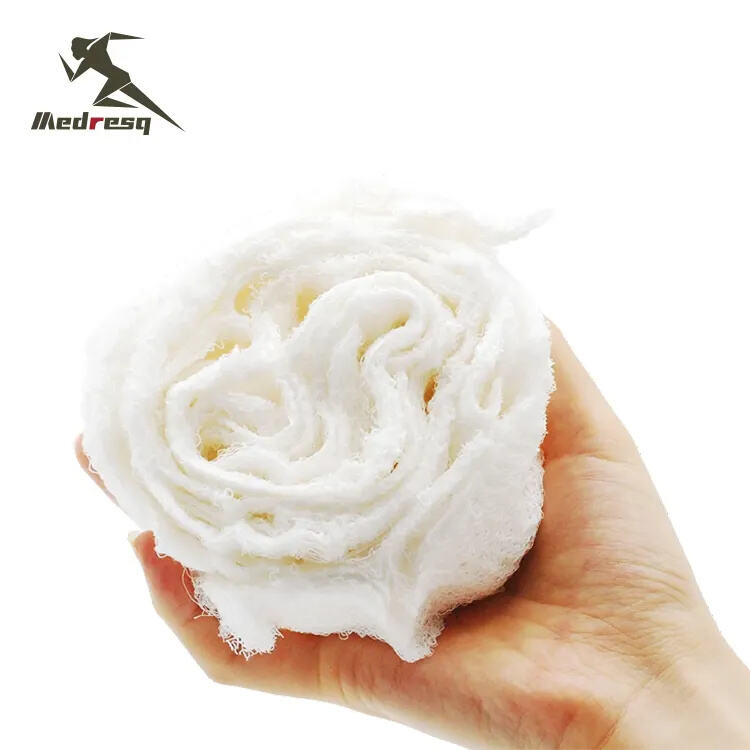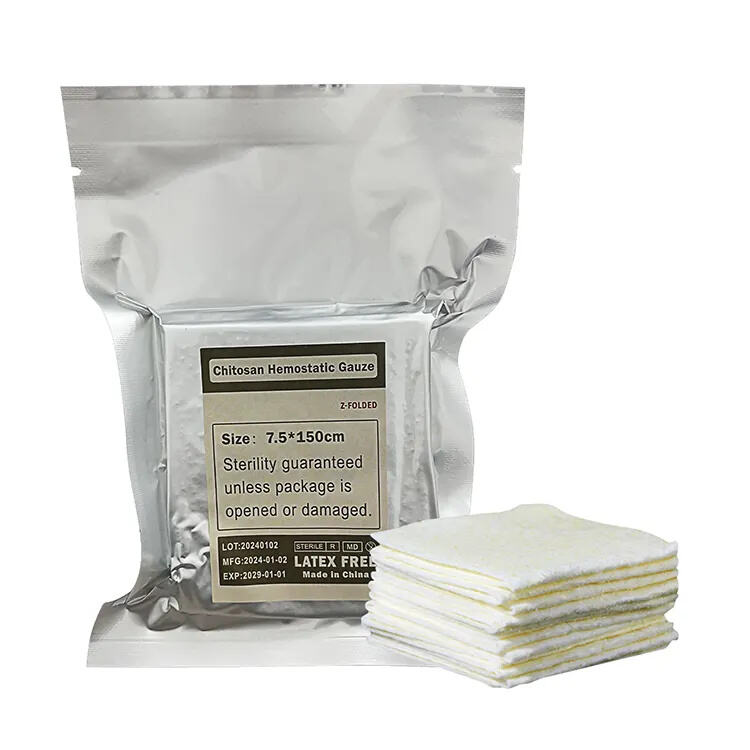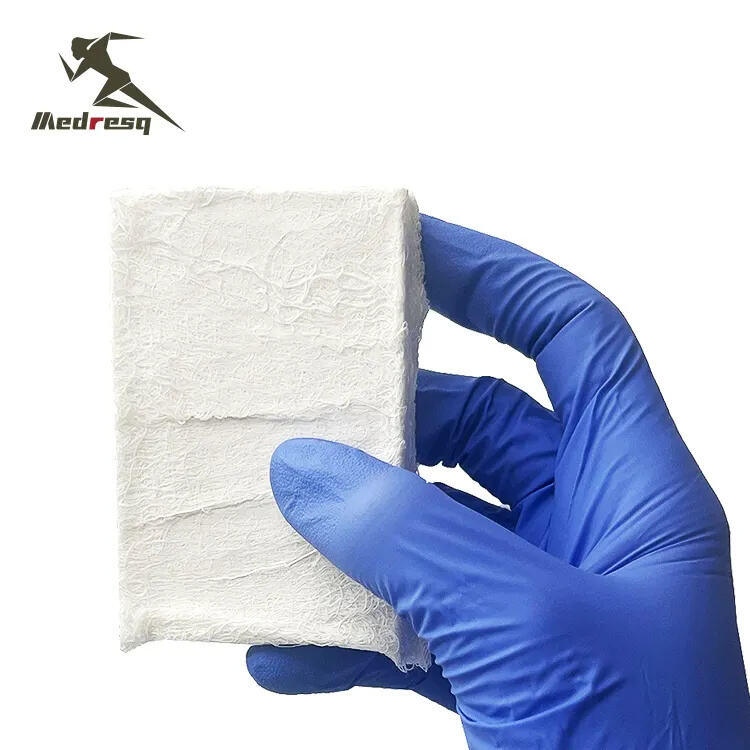Care for trauma must involve quick and good control of bleeding. This area has benefited a lot from chitosan hemostatic gauze which shows hopeful results in helping wounds heal faster. The article presents the rationale behind chitosan being a hemostatic agent and gives proper instructions for how to apply it during emergencies.
The Science Behind Chitosan’s Hemostatic Properties
The hemostatic ability of chitosan is getting noticed because it comes from the chitin inside the shells of crustaceans. The effectiveness of a clotting agent is due to its ability to connect with red blood cells and platelets which leads to quick blood clotting. Chitosan attracts the negatively charged materials in blood when it is used on a wound. The clot that forms is strong which makes it easier to stop the blood from leaking.
Also, due to its natural friendliness for living tissues and ability to degrade, chitosan is greatly valued in medical usage. Unlike artificial materials, it does not cause major inflammation that might hinder the recovery process. So, chitosan aids in recovery by helping cells and tissues develop and repair on a suitable matrix. As well as speeding healing and forming new blood vessels, its antimicrobial properties also help lower the risk of infections, since open wounds are more likely to get infected in trauma cases.
Studies show that chitosan is effective. It has been shown by studies that chitosan gauze stops bleeding much more rapidly than traditional gauze. When a person is experiencing serious bleeding such as on the battlefield or in emergencies, chitosan acts rapidly to save lives.

Best Practices for Applying Chitosan Gauze in Emergency Situations
When facing an emergency, applying chitosan gauze the right way helps get the best results for control of bleeding. Following are some recommendations for effective use of chitosan gauze in trauma care:
1.Assessment and Preparation: Check the severity of the bleed and see to it that nothing is blocking the affected area. It is necessary to get the area ready first and foremost. Try to clean the wound as much as possible once you have controlled the bleeding.
2.Application Technique: Cover the wound by pressing down with the chitosan gauze. Place the gauze right over the area where the bleeding is coming from. Gauze made from chitosan goes inside serious injuries and should be snugly wrapped around wounds that are easy to reach. It is important to keep pressure on the wound until bleeding stops.
3.Time Management: Timing is very important when dealing with trauma. After doing pressure, sustain it for at least three minutes or according to what the gauze packaging suggests. Continue to provide pressure until a paramedic or other medical staff can help. After an ambulance arrives or during transport, you should keep watch for additional bleeding and re-press the wound if blood comes out again.
4.Training and Familiarity: Those on the front line and emergency medical staff members should learn how to use chitosan gauze. A good grasp of how to use it and what it can and cannot do increases the speed and effectiveness of treatment.
5.Integration with Other Treatments: Although chitosan gauze works very well, it works best in combination with other trauma care methods. For this reason, the patient receives fluid treatment, advanced medical care and close monitoring for possible shock or complications.

Chitosan hemostatic gauze offers a major progress in trauma care as it is made from a natural material and helps in both absorbing blood and supporting healing. Understanding the scientific aspects of metals enables medical experts to make the most of them. In addition, following protocols for use guarantees that chitosan gauze is a helpful device in emergency situations. Further studies will likely result in a bigger role for chitosan in medical care, providing better support to trauma patients and others.
 EN
EN
 FR
FR
 DE
DE
 IT
IT
 JA
JA
 KO
KO
 RU
RU
 ES
ES
 AR
AR
 BG
BG
 HR
HR
 DA
DA
 NL
NL
 FI
FI
 EL
EL
 NO
NO
 PL
PL
 PT
PT
 RO
RO
 SV
SV
 TL
TL
 ID
ID
 SR
SR
 UK
UK
 VI
VI
 SQ
SQ
 TH
TH
 TR
TR
 AF
AF
 MS
MS
 CY
CY
 IS
IS
 HY
HY
 AZ
AZ
 KA
KA
 MN
MN
 MY
MY
 KK
KK
 UZ
UZ
 CS
CS



